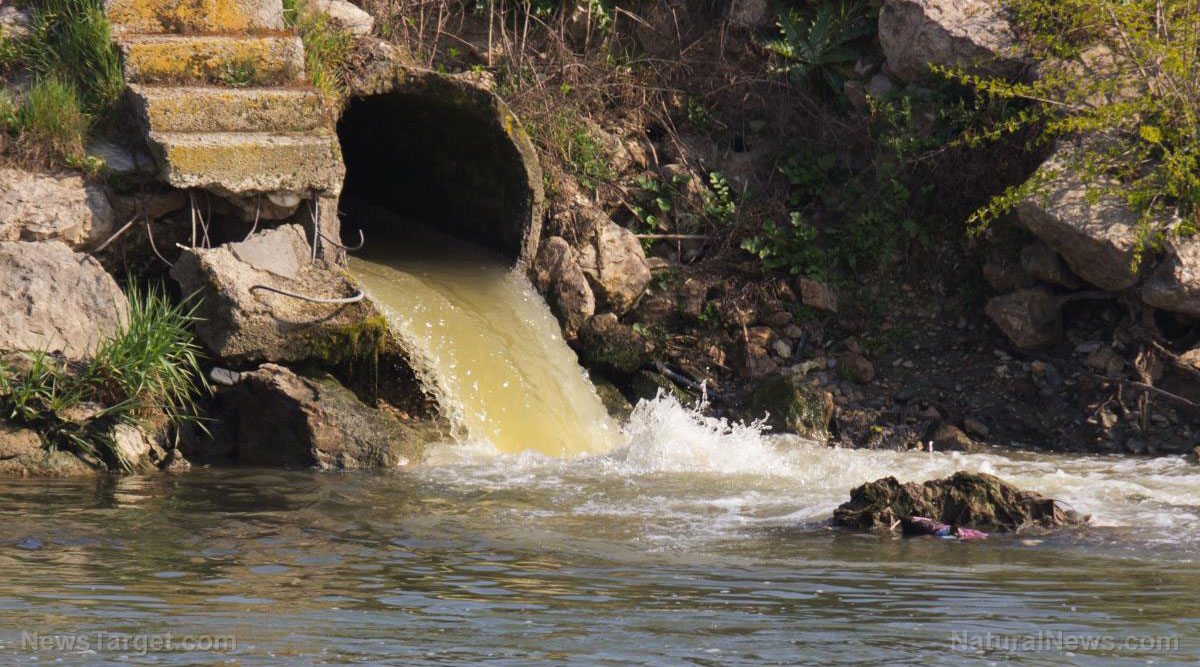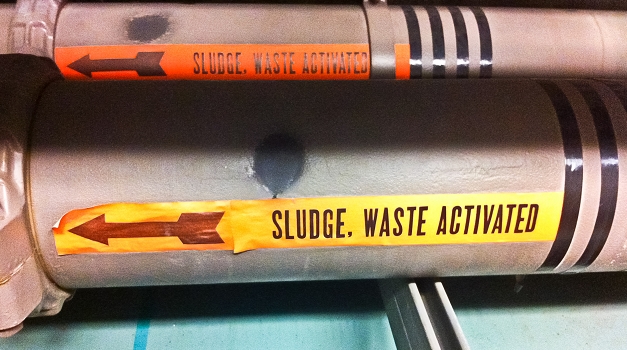
On the afternoon of Saturday, July 29, Niagara Falls State Park was full of summer visitors when a foul smell overtook the air and a black discharge clouded the Niagara River, engulfing the shoreline spanning from the Rainbow Bridge to the boat dock for the Maid of the Mist. Onlookers feared an oil leak and likened the sight to something out of a science fiction movie.
Many tourists expressed shock and disgust at the foul odor and unattractive sight of this black plume oozing through the river in an incident that could have a negative impact on future tourism in the area. Food stand operators reported significant business losses as the foul odor created an unappetizing eating environment.
The Niagara Falls Waste Water Treatment Plant was found to be the source of the inky blob, which expanded for several hours as they emptied a sediment settling basin while carrying out routine maintenance. They claimed that they had the appropriate permits to release the sewage and sediment in the water and that the discharge’s carbon residue and accumulated solids fell within permitted limits. The Water Board issued a public apology to tourists and residents, but that wasn’t enough to stop officials from looking into the matter.
Gov. Cuomo orders investigation
New York Governor Andrew Cuomo has ordered an investigation into the dumping, and the state’s Department of Environmental Conservation (DEC) has stated that the dumping was a violation of clean water regulations. Cuomo said that criminal action is possible because of the potentially serious nature of the situation.
State officials said that the release of carbon filter backwash into rivers is only allowed if it does not otherwise violate the state’s water quality standards. Because these standards do not allow discharge that changes the Niagara River’s appearance or odor, it appears to be a violation.
DEC Spokesperson Sean Mahar said: "The violation of the state’s water quality standards are subject to fines, but this investigation is very much ongoing right now so it’s hard to say exactly what any enforcement actions could be levied against the water treatment board.”
Representative Brian Higgins has asked the Environmental Protection Agency to investigate whether the action was a violation of the Clean Water Act or any other federal rules. He said that the discharge was not only upsetting because of its impact on tourism but because of the “significant and unique ecosystem” found in the Niagara Gorge. He pointed out that preserving these vital resources was one of the most crucial responsibilities of the agency. The results of tests performed on water samples taken by treatment plant operators have not yet been released.
International incident
It has now become an international incident, with the Niagara Falls Provincial Parliament in Canada asking the Ontario government to be part of the investigation. Officials from the Niagara Falls Water Board have already met with the Environmental Conservation Department, and now the Niagara County legislature is planning a special meeting related to four resolutions urging Niagara Falls Water Board leaders to resign and asking for a criminal investigation to be launched. It is believed that the Legislature will have enough votes to pass all of the resolutions.
Sources include:
Please contact us for more information.























